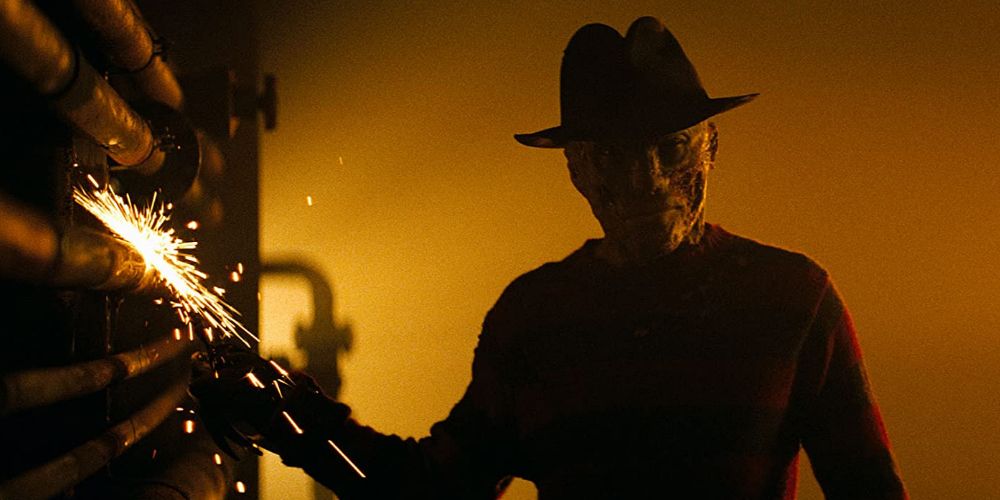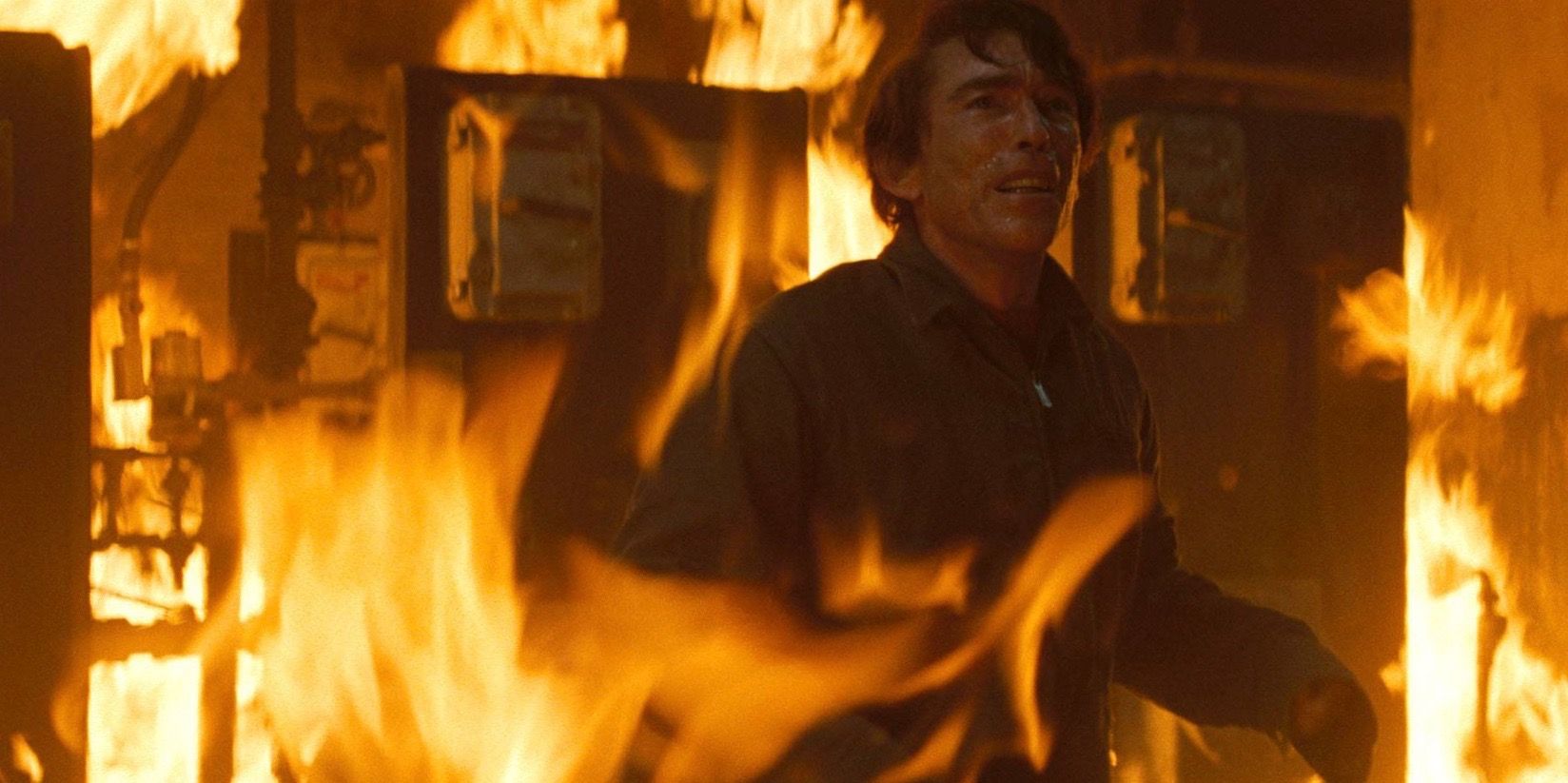Despite its impressive cast, 2010’s A Nightmare on Elm Street was reviled by fans and critics alike upon release, but one change could have redeemed the much-maligned remake. Directed by former music video helmer Samuel Bayer, 2010’s remake of 1984’s seminal supernatural slasher A Nightmare on Elm Street was a dreary flop that couldn't muster up the scares, fun, or personality of the original.
Starring former Rorschach and Gilmore Girls alum Jackie Earle Haley as a less campy and more cruel Freddy Krueger, this bleak and brutal re-imagining was essentially a retread of the original film that sapped the Wes Craven classic of its character, and replaced scrappy practical effects with unconvincing CGI. The film was maligned by critics despite Haley’s solid performance in the part that was originated by Robert Englund, but the remake almost pulled off a twist which could have reignited interest in the franchise and justified rebooting the original in the first place. Which would have been an impressive achievement in an era when even Craven's own Scream 4 was mocking horror remakes mercilessly.
In the original A Nightmare on Elm Street, Robert Englund’s creepy dream demon Freddy Krueger was initially written as a child molester, but after a spate of high-profile cases made Craven feel this twist would be seen as exploitative, the character was changed to a serial killer. The film’s remake seems set to alter this backstory in a brilliant, unexpected twist which plays on a famous moral panic of the eighties, only for the filmmakers to back out near the denouement.
For most of the runtime, the remake implies that Jackie Earl Haley's new Freddy is an innocent victim of "Satanic ritual abuse"-style moral panic. A bizarre but very real and troubling phenomenon referenced in the recent indie horror hit, We Summon The Darkness, the eighties' Satanic Panic refers to a period in the decade when childcare workers were routinely accused of—and often charged with—committing child abuse in the name of Satan despite there being no evidence of the events occurring. This surreal fad resulted in some serious miscarriages of justice before the phenomenon died down in the early nineties, meaning the remake could have put a transformative twist on the Freddy Krueger character if they'd committed to the idea and revealed that this new version of Freddy was an innocent man driven insane by revenge rather than sadism.
Instead, there's a pretty exploitative scene where the last two survivors discover he was guilty of everything by encountering a stash of incriminating photos, a tasteless touch that was wisely elided by the originals. It's a scene absent from the original script of A Nightmare on Elm Street's remake, wherein Freddy is indeed proven innocent, but still out for blood nonetheless. The idea of an initially innocent Freddy who becomes a monster because of mistreatment may have only been a weak red herring in the finished movie, but if it had proven true, the shocking change could have redefined a then-tired character and even justified the mean-spirited fandom he has.
After all, it’s a lot easier to root for a vengeful psycho rather than a purely sadistic monster. Even masked madman Jason Voorhees has the justification that camp counselors were too busy to save his life. Unfortunately, the Nightmare on Elm Street remake failed to see the twist through to its conclusion, robbing fans of a still wisecracking, but now significantly less irredeemably evil version of Freddy in the sequels.


